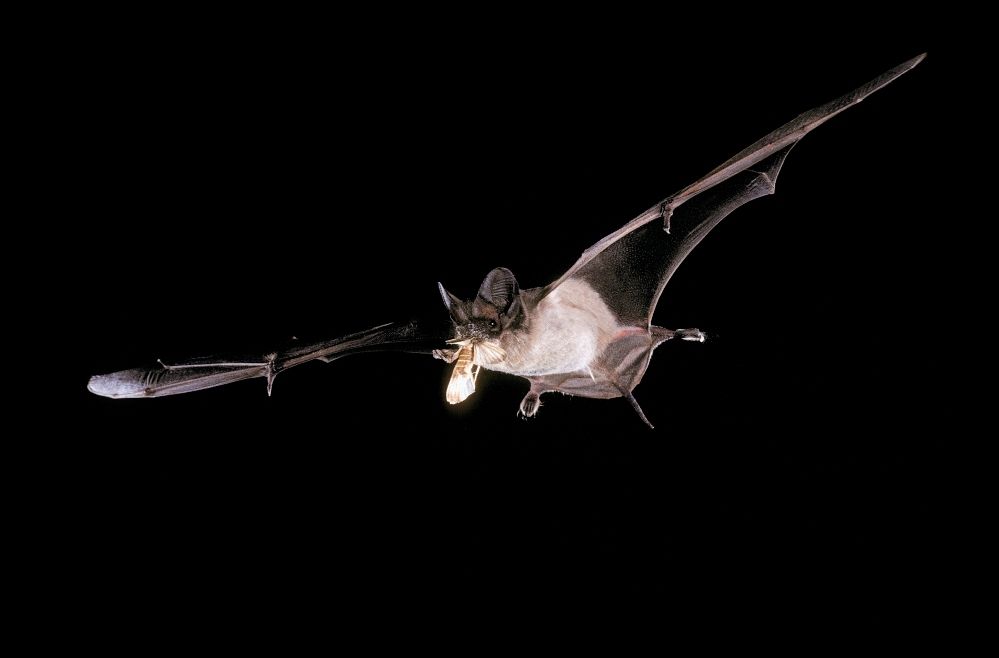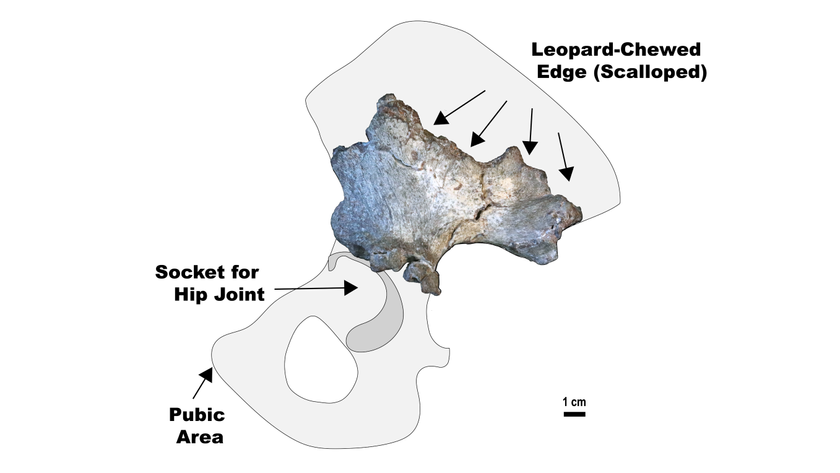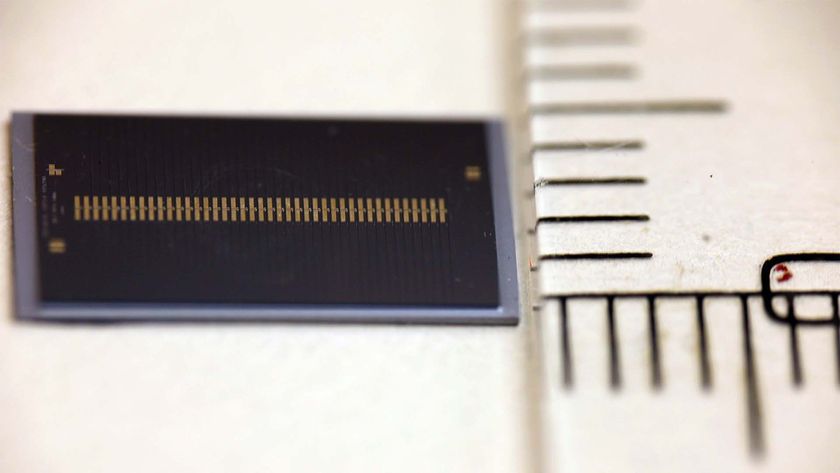Blind People 'See' Shapes, Navigate Using Echoes

Some blind people are able to use the sound of echoes to "see" where things are and to navigate their environment. Now, a new study finds that these people may even be using visual parts of their brains to process the sounds.
Echolocation is best known in bats, who send out high-pitched sounds and then use the echoes to track their prey in the dark. But a select few blind people use echolocation as well, making clicking sounds with their tongues to tell them where obstacles are. The new study, published May 25 in the open-access journal PLoS ONE, is the first to peer into the brains of blind people who are doing just that.
The study finds that in two blind men who can echolocate, brain areas normally associated with vision activate when they listen to recordings of themselves echolocating.
"Our data clearly show that EB and LB [the study participants] use echolocation in a way that seems uncannily similar to vision," wrote the study authors. "In this way, our study shows that echolocation can provide blind people with a high degree of independence and self-reliance."
To study EB and LB's echolocation abilities, the researchers recorded their clicks and echoes as they sat near an object (in this case, a screen). The researchers then played those clicks and echoes back as the men lay in a functional magnetic resonance imaging ( fMRI) machine. The fMRI measures blood flow to different areas of the brain, providing a real-time look at brain activity.
The researchers found that as the men listened to the echoes, the primary visual area of their brains, known as the calcarine cortex, became more active. When the researchers played sounds with echoes and sounds without echoes, they found that the blind men's calcarine cortex responded based on the presence of echoes, while the auditory cortex, used to process sounds, did not respond differently either way.
The same tests performed on two sighted men without echolocation abilities turned up no such calcarine cortex activity.
Sign up for the Live Science daily newsletter now
Get the world’s most fascinating discoveries delivered straight to your inbox.
Blind people often show reorganized brain processing compared with their sighted counterparts, so more research is needed on larger groups of people to tease out exactly what's going on in the brain, the researchers wrote. Ideally, researchers may be able to compare not just blind echolocaters and sighted non-echolocaters, but also blind people who don't echolocate and sighted people who do.
According to study researcher Stephen Arnott of the Rotman Research Institute in Toronto and his colleagues, the study is a first step in understanding how the brain processes an ability that seemingly melds sound and sight.
"There is the possibility that even in sighted people who learn to echolocate, visual brain areas might be recruited," Arnott said in a statement.
You can follow LiveScience senior writer Stephanie Pappas on Twitter @sipappas. Follow LiveScience for the latest in science news and discoveries on Twitter @livescience and on Facebook.

Stephanie Pappas is a contributing writer for Live Science, covering topics ranging from geoscience to archaeology to the human brain and behavior. She was previously a senior writer for Live Science but is now a freelancer based in Denver, Colorado, and regularly contributes to Scientific American and The Monitor, the monthly magazine of the American Psychological Association. Stephanie received a bachelor's degree in psychology from the University of South Carolina and a graduate certificate in science communication from the University of California, Santa Cruz.











